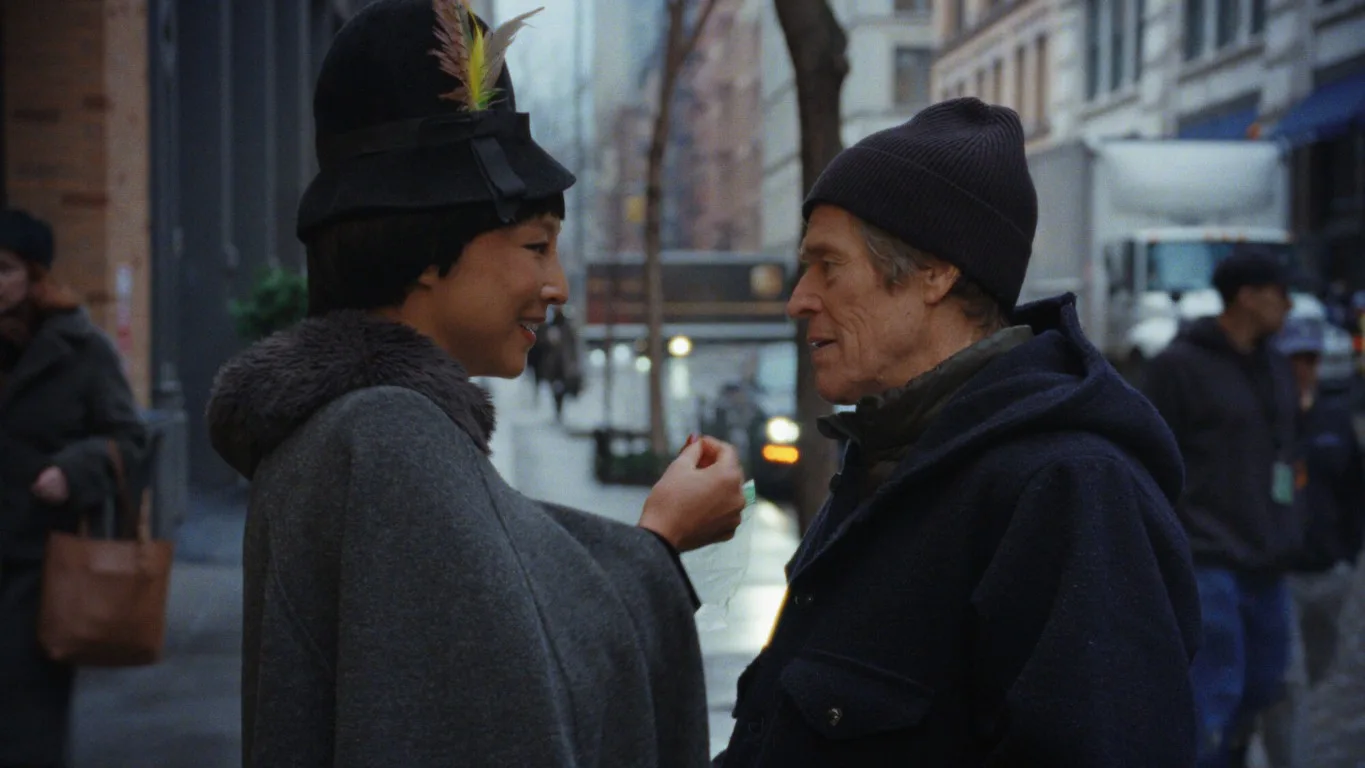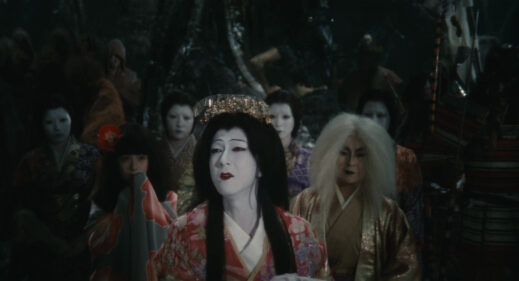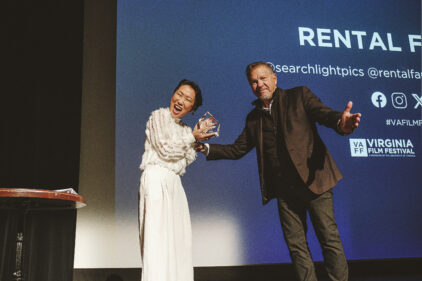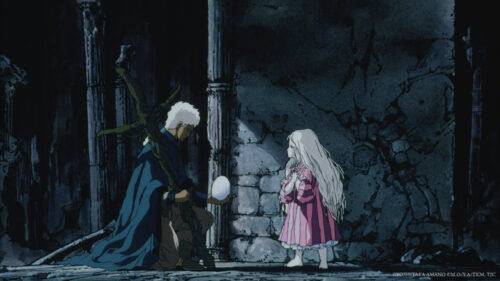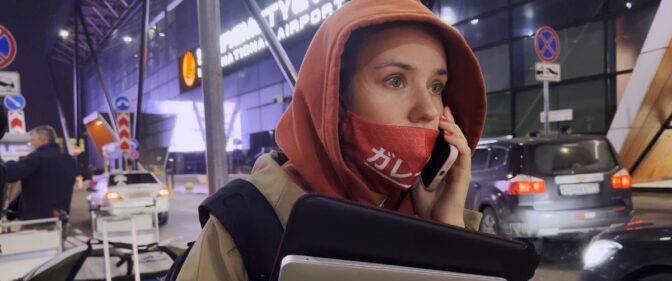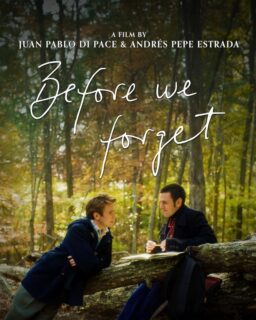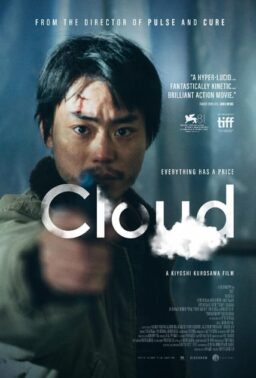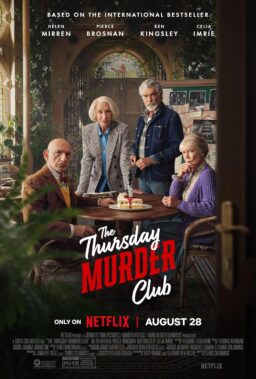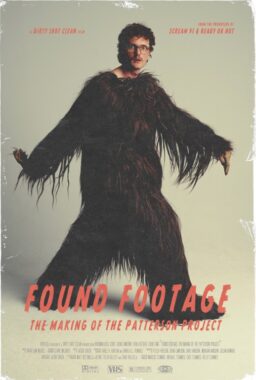This year at the New York Film Festival, multiple narratives have explored the generational divide between jaded elders and the eager young minds hoping for a better future. In Kent Jones’s new dramedy “Late Fame,” Willem Dafoe plays Ed Saxberger, a postal worker in the twilight of his life who was once a poet. In the decades since the publication of his sole poetry collection, he has lived an unpretentious life. After a day of quietly and meticulously sorting mail, Saxberger heads to the local dive, chopping it up with a consistent group of regulars.
At the end of the night, he returns to his modest apartment, enjoying the peace of his solitude. But one such night, his quiet life is interrupted by a young admirer (Edmund Donovan) watching him from the street. The dapper young man introduces himself as Meyers, a proper gentleman writer with an old soul. For the first time in a long time, Saxberger suddenly finds himself in a community of writers and artists. We learn that in his writing days, he was a young man among elders, watching and learning as much as he possibly could. Now, it’s his turn to be the wise elder. The only problem is that Saxberger does not see himself as a wise man or an artist. He has no idea how to guide his new band of young admirers.
Based on the short story of the same name by Austrian author Arthur Schnitzler and adapted by “May December” screenwriter Samy Burch, “Late Fame” is a melancholic exploration of what it means to be an artist. As Saxberger, Dafoe gives a pared-down performance, in stark contrast to his much louder recent roles in genre fare like “Poor Things” and “Nosferatu.” Donovan is a find, playing Meyers with a boyish charm tempered by a calculated deployment of movement. But the standout here is Greta Lee as a talented performer whose raw talent and work ethic haven’t been enough to catapult her towards the kind of career she dreams of. The New York City these characters inhabit is haunted by the shadows of a more vibrant, culturally nourishing past. The classic theatricality of its characters juxtaposed with the modern world gives “Late Fame” the feeling of a eulogy for an artistic world that young idealists desperately want to revive.
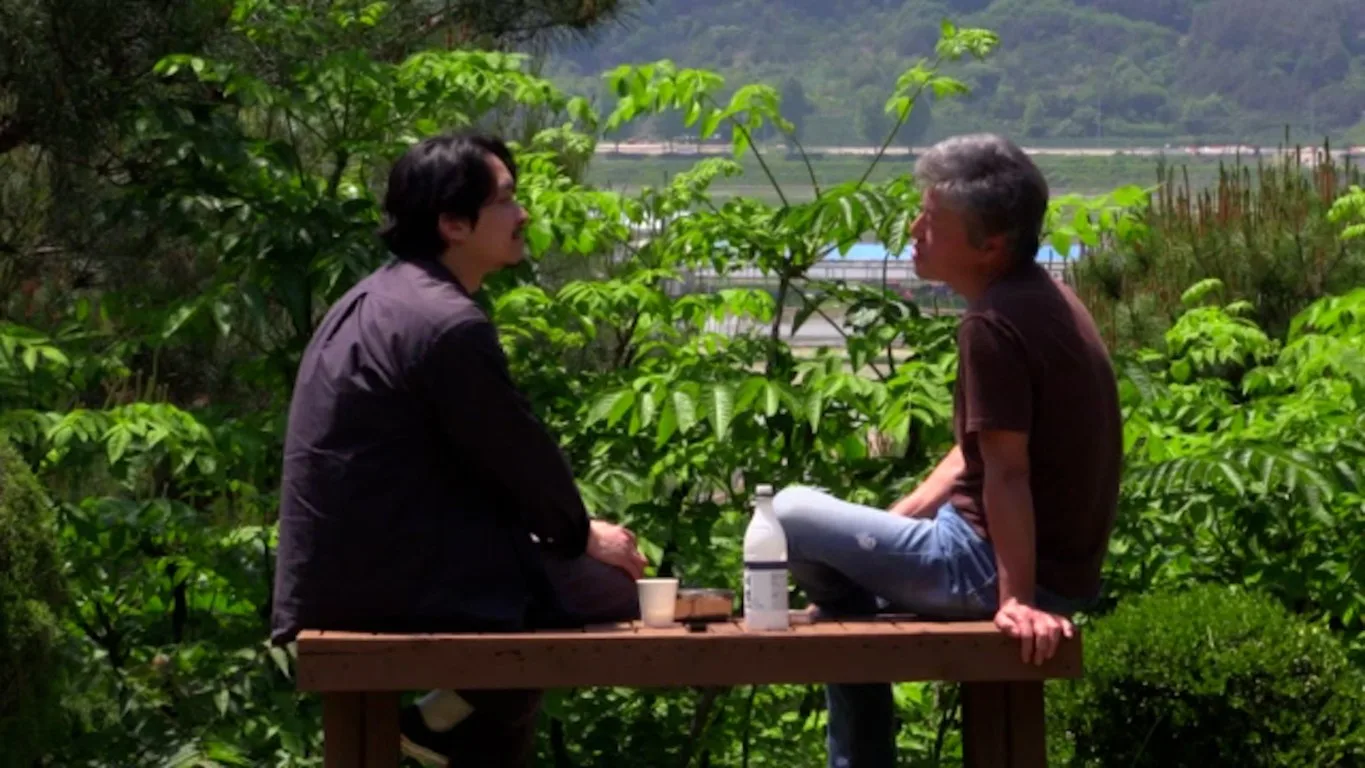
Hong Sang-soo’s latest feature, “What Does That Nature Say to You,” is also about the generational divide between working elders and young, naive artists. Ha Dong-hwa (Ha Seong-guk) is a young, idealistic poet who drives his girlfriend, Kim Jun-hee (Kang So-yi), to her family home for the first time. There, he meets her father (Kwon Hae-hyo) and the two men immediately seem to bond. As the day goes on, he meets the rest of her family–her depressed sister (Park Mi-so) and loving mother (Cho Yun-hee). He spends the day getting to know them all, charming them at first with his good nature and politeness.
But as the visit goes on well into the night, the young poet’s insecurities and naivete begin to show through. And slowly, we realize there is a reason why it’s taken so long for him to meet her family. Once her sister reveals that she knows the young poet comes from a respected family with an impressive father, his kind mask slips to reveal a spoiled, pompous young man insecure about his privileged background.
Like many young male writers, he has crafted a grassroots image of himself that is more worthy of his lofty expectations. We watch him fall out of favor with his girlfriend’s father in real time as it becomes clear that he lacks the substance he so desperately wants to embody. Much like “Late Fame,” “What Does That Nature Say to You” has a palpable nostalgia to it, viewed through a more critical lens. Ha Seong-guk’s performance unravels along with his character, breaking down the facade of performance until all that’s left is a little boy, quiet and unsure of himself. In contrast, Kwon Hae-hyo begins as a goofy father character before revealing himself to be clever enough to recognize real authenticity.
In a later scene that seems to hold in it the heart of the film, her father and mother discuss the boyfriend privately, remarking that they don’t believe the relationship will last. But as all good parents know, it’s best to allow a relationship to fully run its course. And perhaps, after this punishing reality check, there may be hope for him yet.
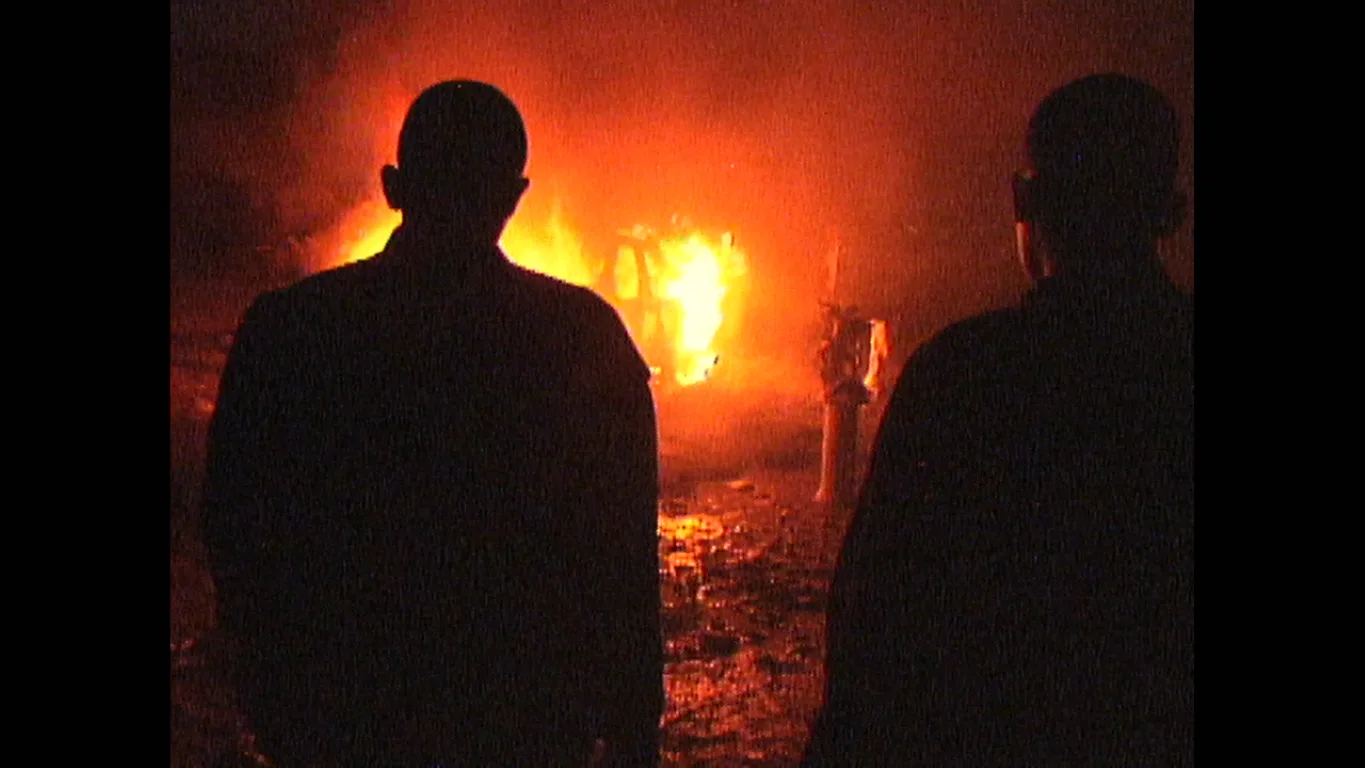
There’s no hope to be found in “Barrio Triste,” a nightmarish odyssey into the depths of poverty and despair from Colombian-American director and photographer Stillz. After a gang of aimless, volatile young men steal a video camera from a local newscaster, they begin using it to document their troubled lives. Fighting and stealing to survive, these young men seem to have each other as their only companions. Each member of the gang is skinny, with a shaved head and eyes full of a sadness that seems to be their only inheritance.
Taking place just outside Medellin, Colombia, in the late 1980s, the film has a gritty, realistic look, enhanced by the action unfolding on grainy, washed-out video. In one sequence, we watch the boys rob a jewelry store, frantically smashing all the glass display cases and effectively emptying the place, recklessly assaulting workers. They leave one man bleeding on the floor before getting into their car and returning to the place they call home. With no parental figures in sight, the boys live in squalor on small twin beds. They only have enough to survive, scraping by with whatever they can steal. Outside, there are posters of missing boys and talk of strange occurrences throughout the barrio.
The film also incorporates interview segments where a nameless cameraman interviews a depressed young man who describes his loneliness and despair in agonizing detail as the camera studies every contour of his young face, his sad eyes with a heavy weariness far beyond his years. It’s difficult to say more about “Barrio Triste,” a film that makes its statements early and often, leaving us to wallow in the brutal truth of these young men’s lives.
There’s also global sensation Bad Bunny, with whom Stillz has frequently collaborated on several music videos. But “Barrio Triste” isn’t a film interested in star power—even when the supernatural elements of the narrative take hold, the director’s commitment to a realistic aesthetic never falters. There are no wise elders to guide these young men. Their only hope is some benevolent transcendence beyond the physical world.

